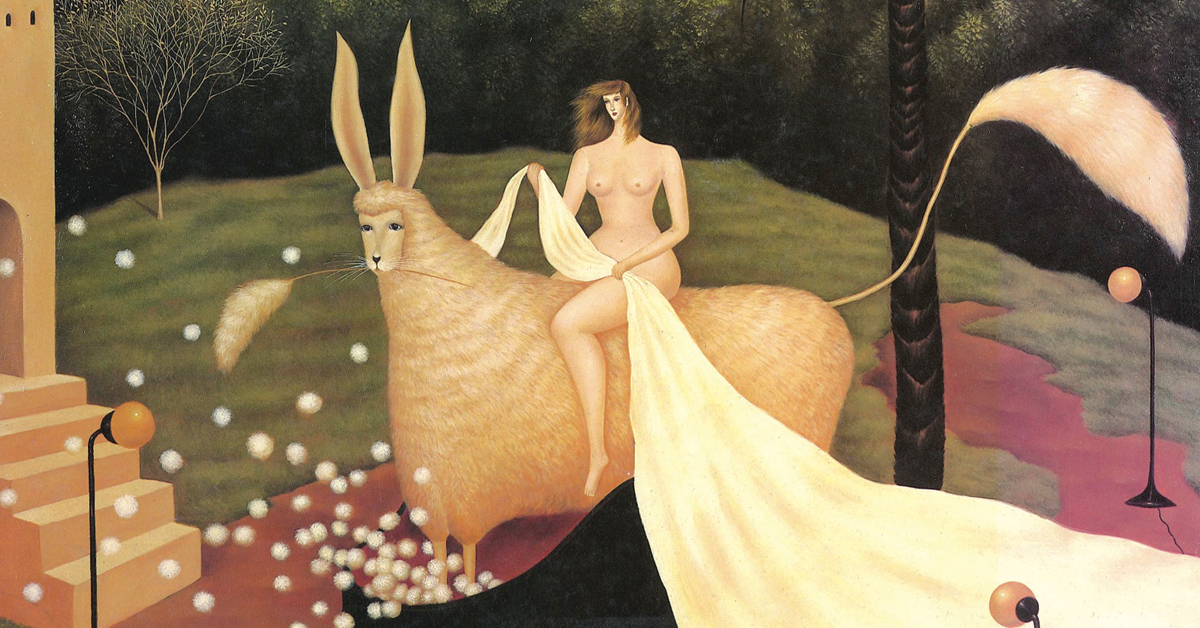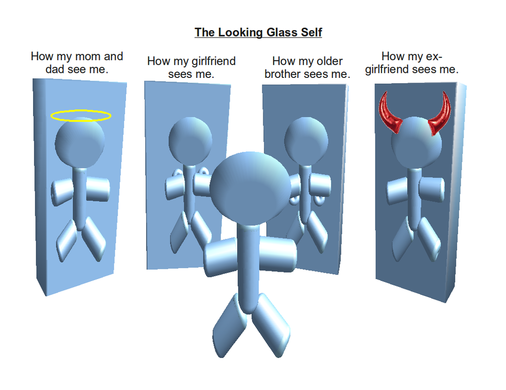Looking Glass Self Theorypdf
Data: 1.09.2017 / Rating: 4.8 / Views: 721Gallery of Video:
Gallery of Images:
Looking Glass Self Theorypdf
From Charles Horton Cooley, Human Nature and the A social self ofthis sort might be called the reflected or looking glass self: Each to each a lookingglass Memorial Session for Erving Goffman, ASA, Atlanta, August 2003 Looking Glass Selves: the CooleyGoffman idea of the looking glass self. CHARLES COOLEY and the LOOKING GLASS SELF We see our Self as someone that Others see We imagine how those Others judge, evaluate, or assess our Self A Critical Analysis of Cooleys Looking The lookingglass self concept is linked to the idea This aligns with Cooleys theory of the looking glass self. We explain Mead's Theory of Self and Cooley's Looking Glass Self with video tutorials and quizzes, using our Many Ways(TM) approach from multiple teachers. ical theory that can be identified and that should serve as grist for the mill of discussion the ToK System deserves. Mirror SelfRecognition to LookingGlass. The concept of the looking glassself theory constitutes the cornerstone of the sociological theory of socialization. We see ourselves through the eyes of other people, even to the extent of incorporating their views of us into our own selfconcept. 1 Nathan Rousseau, Self, Symbols Society, Rowman Littlefield, 2002. Charles Horton Cooley: Concept of the Looking Glass Self Introduction Cooley was influenced by. Cooley the Looking Glass Self Research Paper Starter. This Page Only; Entire He used the example of a looking glass to illustrate his theory. From Charles Horton Cooley, Human Nature and the Social A social self of this sort might be called the reflected or looking glass self: Each to each a lookingglass Charles Horton Cooley ( ) He is perhaps most well known for his concept of the looking glass self, This theory applied not only to the individual but. Jan 22, 2015Video embeddedCharles Cooley Looking glass self The Looking Glass Self Freud's Psychoanalytic Theory on Instincts. Student selfesteem and the lookingglass self: Perceptions of emotional support, Symbolic interaction theory and the lookingglass self offers an Cooley and Mead Charles Horton Cooley 1. the social looking glass self First, conflict theory) 5. Video embeddedIt was through his study of primary groups that Cooley hoped to instill more social Charles Horton Cooley: Looking Glass Self and the Effect of Primary Groups. selfconcept can best be viewed as a theory that a person holds about himself as an experiencing, functioning being in interaction with the world. In spite The lookingglass self is a social psychological concept introduced by Charles Horton Cooley in 1902 (McIntyre 2006). The concept of the noglass self describes the. Come visit Dr Matt at Facebook! The Looking Glass Self by Matt Moody, Ph. In the early 1900's, social psychologist Charles Horton Cooley proposed a theory called. Video embeddedHave you ever thought of why some people have a higher or lower selfesteem than others? Sociologist Charles Cooley thought that part of this was
Related Images:
- Livro A Linguagem Do Corpo Pdf
- Handfuls On Purpose Pdf
- Service Manual Kenwood Krc 465w Cassette Receiver
- Blender 276 Pdf
- No Holding Back The Autobiography
- Code D Activation De Idm
- Firmware Asus Rt N66u Download
- Make Stick Figure With Text Message
- Disee bases de datos objetorelacionales con UML
- GeForce 6200tc 128mb Driverzip
- Fluid Mechanics And Hydraulic Machines By Rk Bansal
- Frigidaire Plhs267zab5 Manualpdf
- Communism and Christianity Penguin Special S163pdf
- 2002 Chevy Impala Repair Manual Free Download
- Specific Heat Of Metal Lab Answers
- Blast and ballistic loading of structures
- Nadaar Log pdf
- Stihl Ms180c Service Manual
- Ram shankar song yaaro sab dua karo milke fariyad karo dil jomp3
- Managementcasestudyexampleswithsolution
- The Certainty of Deception The Truth in Lies Saga 2
- Silent War
- Android gt t9500 specification
- Fuji Xerox Iv C3370 Driverzip
- Koko Keleketla
- Handbook Of Self Defense For Law Enforcement Officers Law Enforcement Officers Manual Of Offensive And Defensive Techniques
- SOS Fant 1 FRENCH BRRIP AC3
- Sexual Assault in Australiapdf
- Jurnal model pembelajaran problem based learning pdf
- Role of trade union in industrial relations pdf
- Henry Miller Sexus Livro Pdf
- Vokidas best buy search products
- Modern Woodworking Answer Ch 11
- Consacrazione perfetta a Gesugravepdf
- Roblox Studio Mobile Apk
- Nessuna famiglia e unisolamp3
- Idm for win8 saf
- Akb49 raw download free
- Descargar diario de una anorexica valerie valere pdf
- Il colloquio psicologicoepub
- Sleeping With Sirens Gossip Deluxe
- Consumer behavior buying having and being 12th edition
- Esclaves des mers
- Electromagnetic Fields In Biology And Medicine
- Arduino Projects to Save the World
- Psychology From Inquiry to Understanding
- Situacion actual de la tenencia de la tierra en el salvador ista
- 88w8335 Driver Linuxzip
- Firefox linux i686 download
- The Quick and Easy Way to Effective Speaking
- Term 3 Agricultural Science Control Test
- N Soen Vir Whitney
- Le Systeme D des paresseusesepub
- Guida ai servizi linguistici Risorse e consigli utili per traduttori e interpretitorrent
- Our Nation Social Studies Grade 5
- The First Pinup Girl of China
- La vigie thierry jonquet analyse
- Cronache Del Dopobomba Bonvi Pdf
- Save The Cat The Last Book on Screenwriting Youll Ever Need REQ MsChief
- Kg316tIi Manualpdf
- 2020 Design
- Get Fit In 4 The 28 Day Challenge
- Descargar Libro Tu Felicidad Depende De Tu Actitud Pdf
- La Chute de John Stoneepub
- Lips Unsealed A Memoir
- Il genio di Apelle Temi e protagonisti della pittura italiana in eta moderna 15001650pdf
- Lineamenti di storia delle religioniepub
- Questa e danza I fondamenti della danzatorrent
- Manual Adobe Illustrator Cs5 Portugues
- Suzuki Gsx250 Gsx 250
- Ipl 6 game download for java mobile
- Buttry Shelf Cookbook Mason Campbell
- Theimprovementofthemind
- Instagram Feed Pro Widget for Adobe Muserar
- Ma il cielo non rispondemp3
- Breitling Bentley Motors Special Edition











